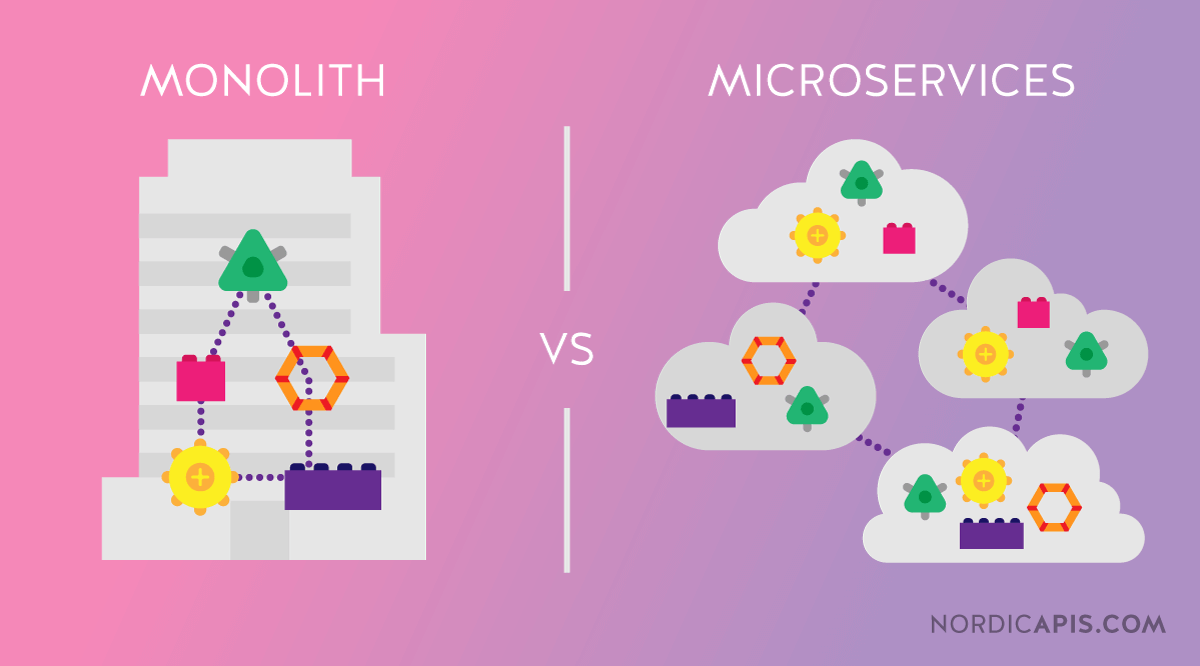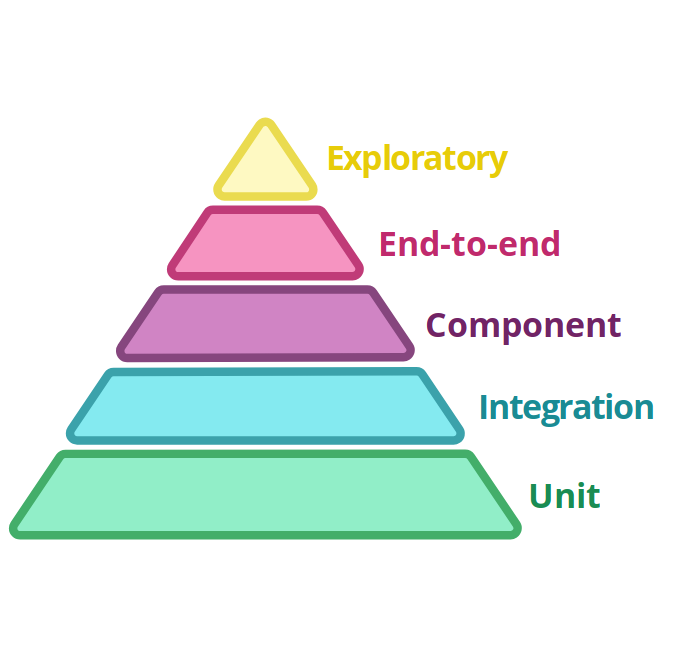A microservice architecture involves many moving parts with different guarantees and failure modes, testing these systems is more challenging than testing traditional monolithic application. an effective test strategy needs to account for testing individual services in isolation and the verification of overall system behaviour.
What are microservices?

There are two basic software development styles, first and most common style is monolithic Application, it is called monolith because it consists of a single application contained in a single process.
The microservices architectural style in the other hand involves developing single applications that can work together with a suite of small autonomous services, each running in its individual process and communicating using lightweight mechanisms such as HTTP resource API. These services can be written in different programming language and different data storage technologies, and each of them can be deployed and scaled independently.
Why do we test?
Do we ?! To code with confident like that, We need to write tests that verify our code is running in a proper way, writing tests make code maintenance much easier because you have what assure that your maintenance for one part won’t affect other parts in a wrong way, also writing tests can provide us feedback about the system if it is working properly in a fast, accurate way while you can do this in a manual way, it will never be as accurate, fast as the automated test cases.
Writing tests can give you detailed feedback about our code, automated coverage report can tell us if the code is tested enough or not and which cases you forget to test it.
Different type of testing strategies
In microservice architecture, your system is built as suites of collaborating services.
To verify that services work together in a harmony we had to write different types of test strategies starting from basic unit tests that exercises the smallest piece of testable software in the application to determine whether it behaves as expected, to the End to End testing which verifies that a system meets the external requirements and achieve its goals.

the test pyramid helps us to identify different types of tests and when to use each of them.
We use those different test strategies except the last one the exploratory, which basically an automated regression testing that runs across the whole system, but we hope to reach this level soon.
let’s go bottom up throw those strategies one by one.
Our Microservices usually contains different smaller modules (Repositories, Service layer, Resources, Gateway, ORM. etc)
each module should have it’s independent unit tests that are verifying that module working in a proper way independently.
But why unit tests are not enough?
In microservice case unit tests alone is not enough because in our opinion it doesn’t cover the whole system behaviours, as we said by unit tests we provide good coverage of each core module of the microservice independently but there’s no coverage for those modules when the work together as a system or as a service, To verify that each module correctly interacts with its collaborators, more testing is required.
Integration testing
Integration testing is a testing strategy that we need to verify the interaction between various microservice components and detect interface defects.
Integration testing collects modules together and tests them as a subsystem to verify that they collaborate as they intended to achieve some larger piece of interactions.
Also, it verifies that the communication paths between the system to check how the subsystem interact with its peers.
In our microservices, we must write integration tests to verify those interactions between layers of integration code and the external component that we integrate with.
Mocking vs Integration testing
In order for our microservices to do their job they need to communicate with other services, so to test a microservice in isolation we need to mock other dependencies so that the only thing under the test is the unit that we are testing and when the test fails we can easily determine the issue.
Mocking is effective with unit tests, With that said, if integration tests are not done properly, it will do more harm than good. Imagine if one of our dependencies changed its API, our service test cases will still pass while they should fail as they use the mock instead of making the real call, and another downside is that you have to maintain these mocks as other services change.
Component testing
First let’s define the component boundaries, in our opinion a component is any well-encapsulated, coherent and independently replaceable part of a larger system.
Component testing can provide us with a lot of benefits, by limiting all service modules to be tested as one single component to avoid any complex behaviour that service may have while connecting to another service.
Also isolating your modules as a single component with test doubles will define the component behaviours and define tests for that behaviour together using component tests.
End-to-End tests
End-to-end tests run against your entire system to verify that all your system parts are working together as expected, so when they pass you feel confident that your code will work in production as expected because they test the entire process and the user flow.
As end-to-end test scope increases the feedback cycle time increases as well because tests take a longer time to run, and when a test fails it is hard to determine which part is broken and here comes the role of other lower level types of testing.
Conclusion
High-level tests provide verification that the system works as expected and all parts are connected together in a proper way, while low-level tests provide a way to verify that each piece of code is doing its job correctly, and when it doesn’t you will know accurately the reason.
The combination of different type of test strategies leads to more code coverage that help you to find edge cases that we need to handle in our actual code.